The project to preserve and restore the A, K, and H tower groups in My Son was started in 2017 under the Memorandum of Understanding dated October 28, 2014 between the Government of Vietnam and the Government of India on "Preservation and restoration of the World Cultural Heritage of My Son Temple Complex". After 6 years of implementation (from 2017 to 2022), Indian experts coordinated with Vietnamese technical staff and the My Son Cultural Heritage Management Board to excavate and restore the three groups of towers H, K, and A, respectively, restoring their original appearance as when the French discovered them. This is a group of architecture that was heavily damaged by time and war.
Sandstone altar with monolithic Linga - Yoni is located in tower area A1. Photo by Manh Cuong |
|
During the restoration process, nearly 740 valuable artifacts of various types were discovered, including unique artifacts of Champa sculpture, serving the display and research of Cham cultural history. In particular, during the process of peeling off the buried soil layer in the A10 tower, experts discovered a sandstone altar with an intact monolithic Linga - Yoni. This is the largest monolithic Linga - Yoni set of Champa sculpture found to date and has been recognized as a national treasure.
Mr. Phan Ho, Director of the My Son Cultural Heritage Management Board, said that after a long period of conservation and restoration, towers A, K, and H were completed and handed over on the morning of December 20. The project implementation was always carried out carefully by all parties. First, small-scale tower groups with simple architectural blocks such as tower group K were selected, then medium-scale tower groups such as group H, and finally large-scale, complex tower group A. In particular, the restoration method adhered to the principles of relic conservation, archaeological restoration, emphasizing the preservation of original elements, repositioning, reinforcement, and reinforcement... The materials used in the restoration were highly compatible, making maximum use of old materials such as bricks and stones; the newly used bricks for restoration were strictly inspected. According to Mr. Phan Ho, among the 3 groups of towers in the conservation and restoration project, group A tower has a complex scale and architecture, because this is the largest main temple in My Son, so the restoration is more careful, especially tower A1. The restoration process has restored the entire brick foundation and curbs around the tower base, and successfully restored the western door frame and 2 eastern door pillars; formed steps for the main entrance to the A1 worshiping area, repositioned part of the fake pillar at the northwest corner, and rearranged the A1 worshiping platform as a basis for preparing a scientific dossier to propose recognition as a national treasure. Mr. Subhash Prasad Gupta, Deputy Ambassador of India to Vietnam, affirmed: “More than 200 Cham towers scattered across Vietnam are a vivid story, demonstrating the connection of civilization between the two peoples of Vietnam and India. In particular, the My Son tower area is the best representation of the connection for the culture and civilization of our two peoples”. Mr. Subhash Prasad Gupta also said that the high-level meeting between the Prime Minister of India and the Prime Minister of Vietnam determined that India will help Vietnam carry out 3 more projects, which are the restoration and embellishment of Tower F, Dong Duong Buddhist Institute relic (Thang Binh district, Quang Nam) and Nhan tower in Phu Yen . Mr. Tran Van Tan, Vice Chairman of the People's Committee of Quang Nam province, said that the project implementation process took a long time, facing many obstacles, especially the impact of the 2-year Covid-19 pandemic. However, with the determination of the project participants, the consensus and efforts of the team of experts and technical staff, after 6 years of implementation, the project was completed, ensuring compliance with the principles of relic conservation and was highly appreciated.
Source: https://thanhnien.vn/hoi-sinh-nhieu-nhom-thap-co-o-my-son-1851533865.htm



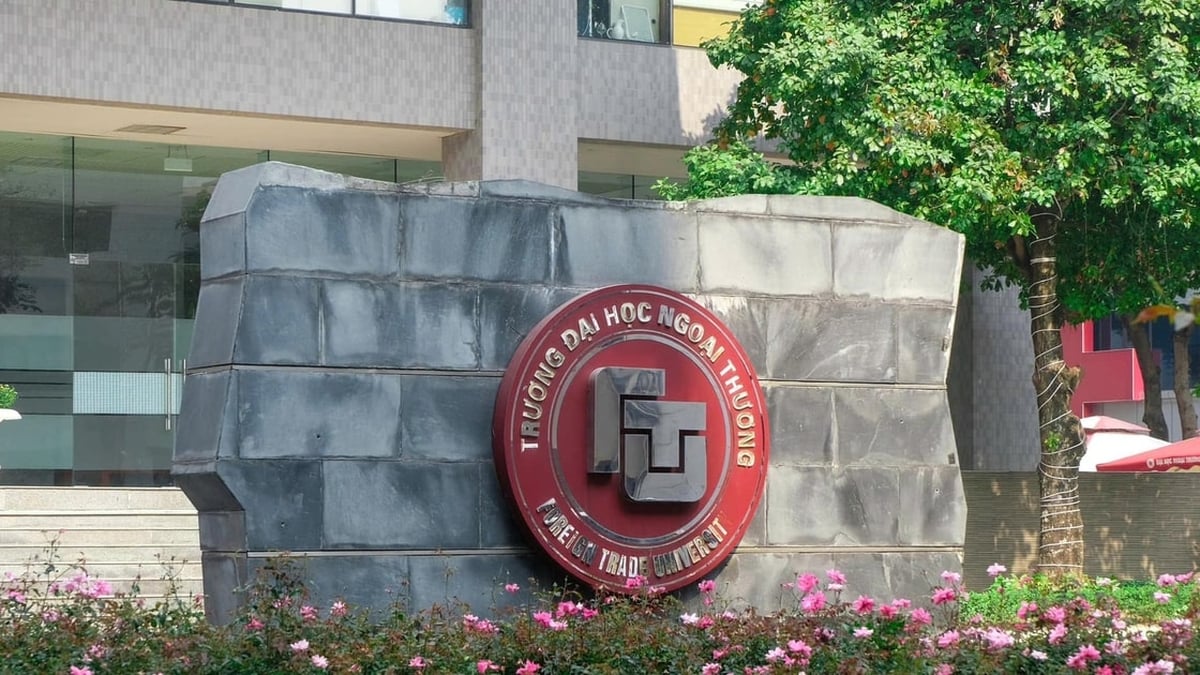
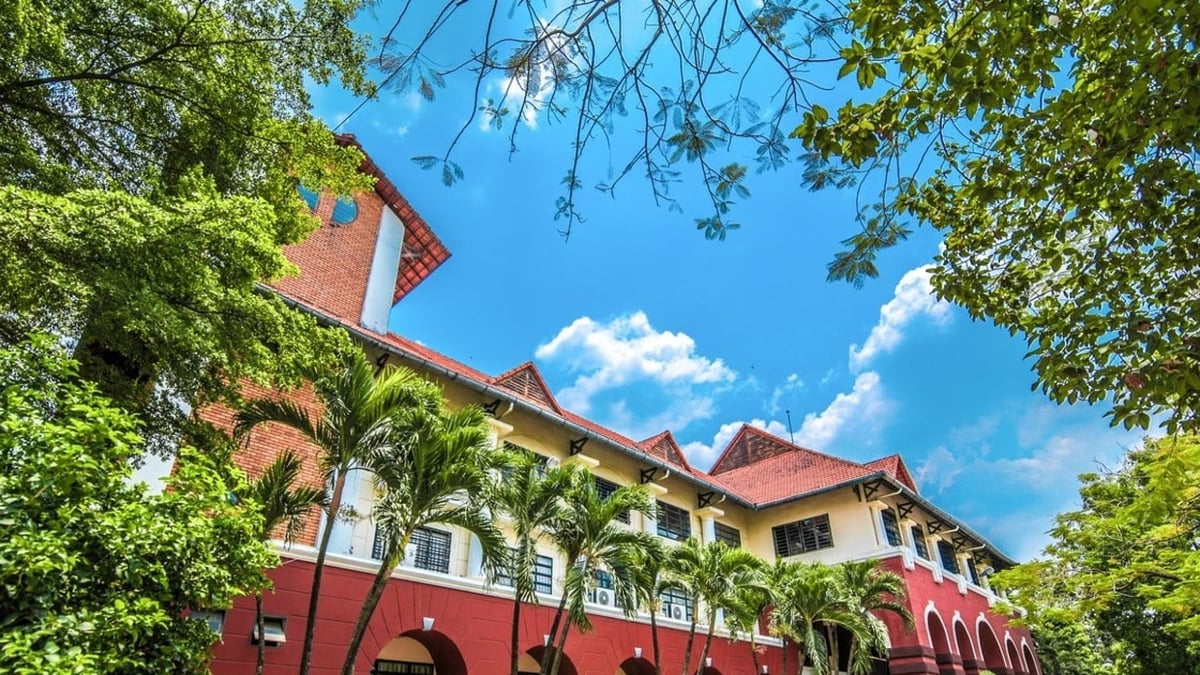
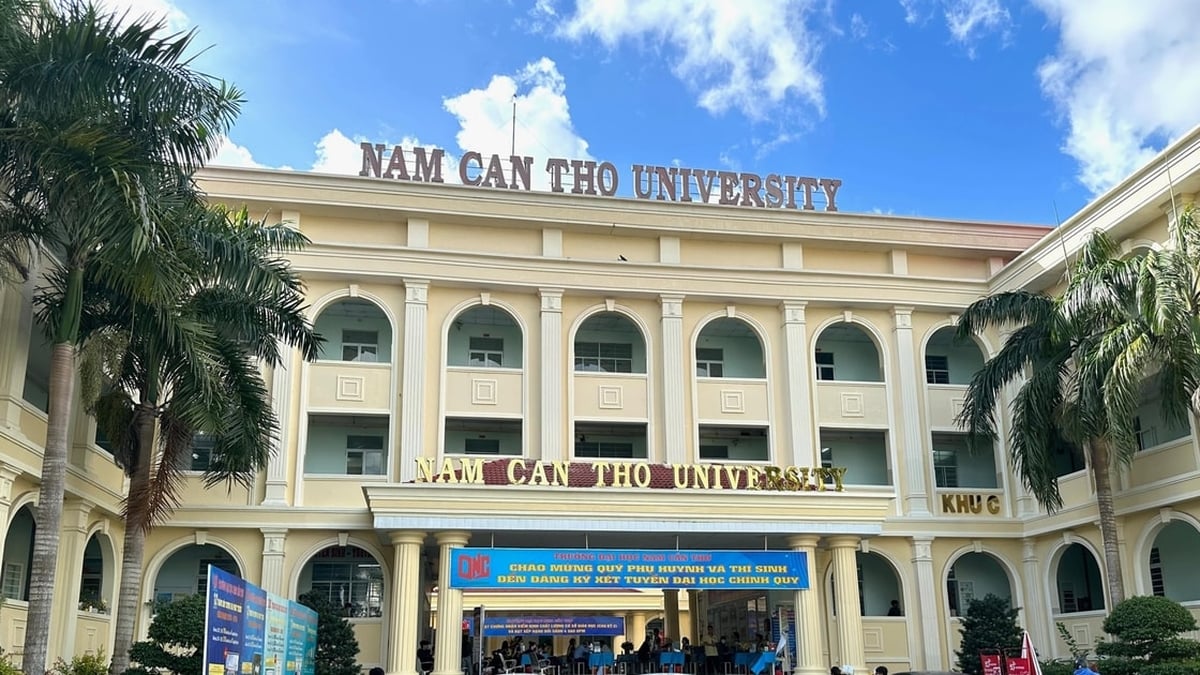
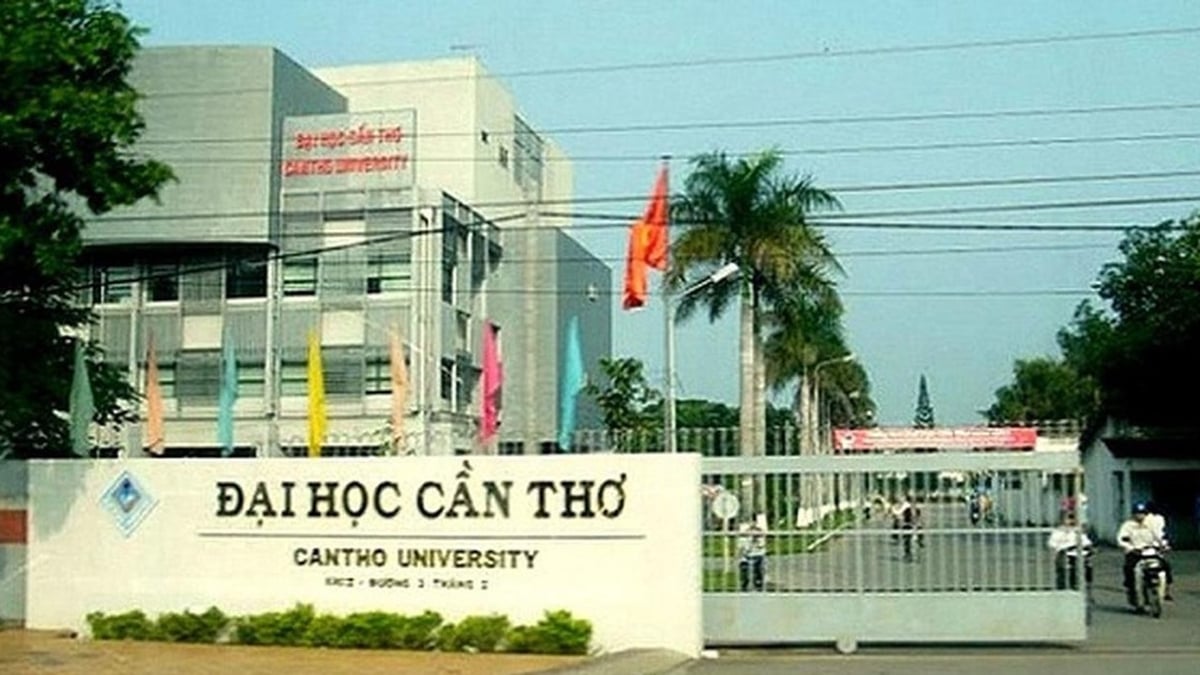
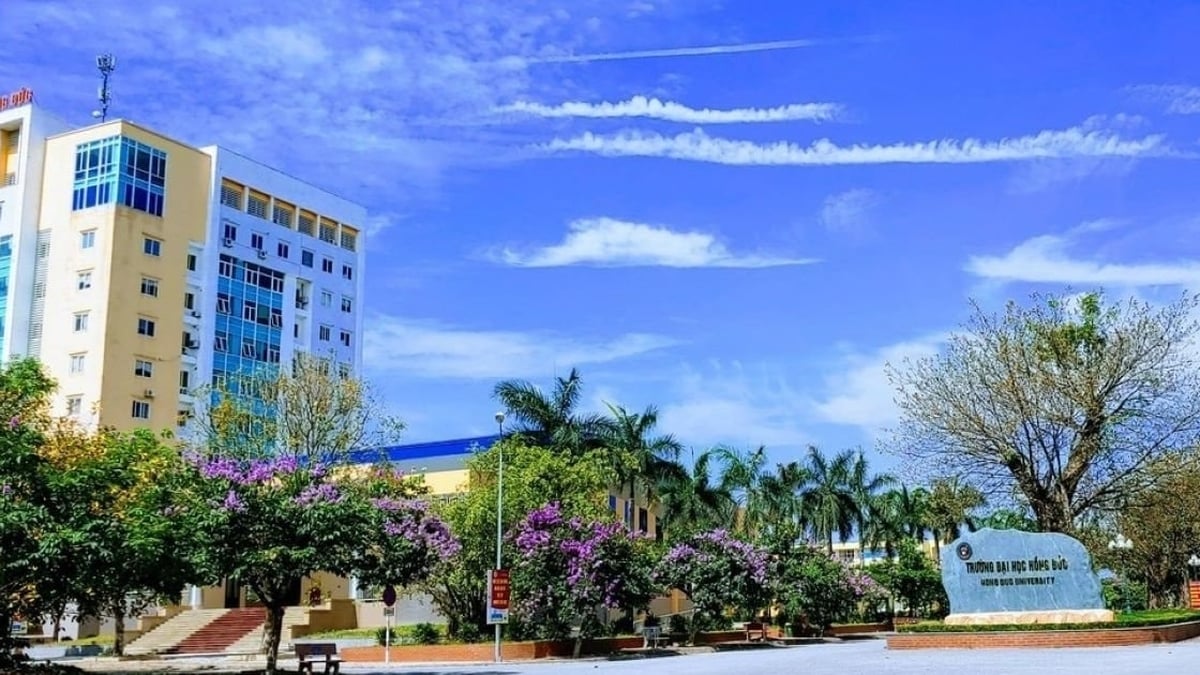
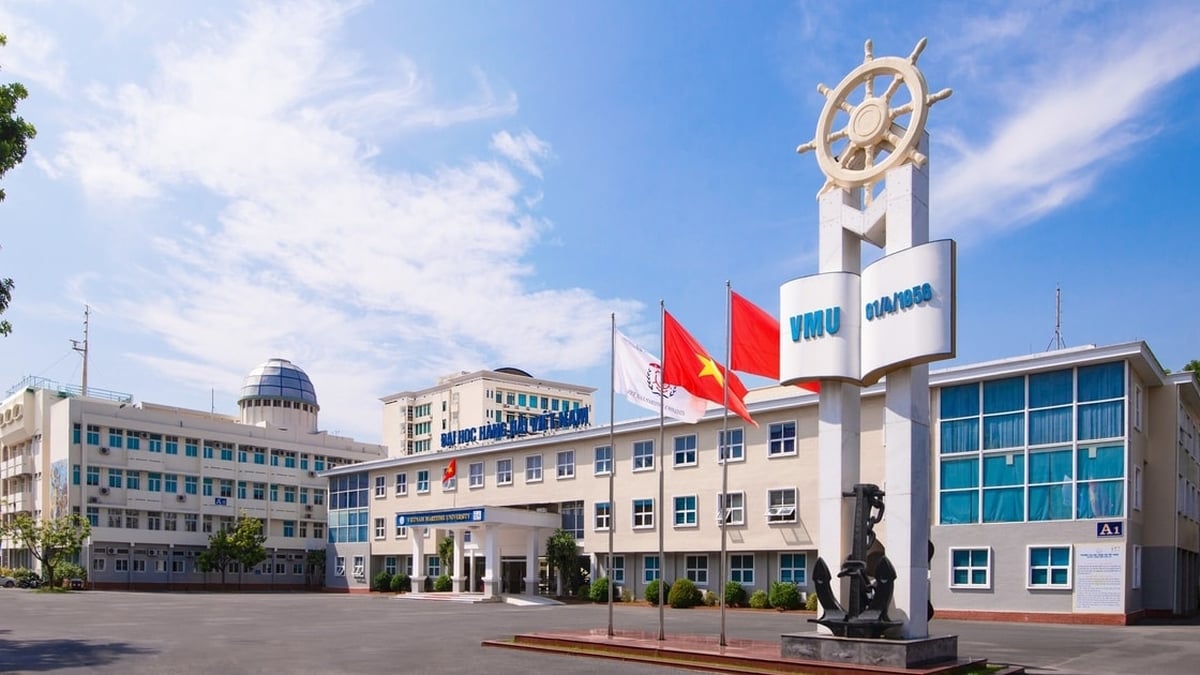

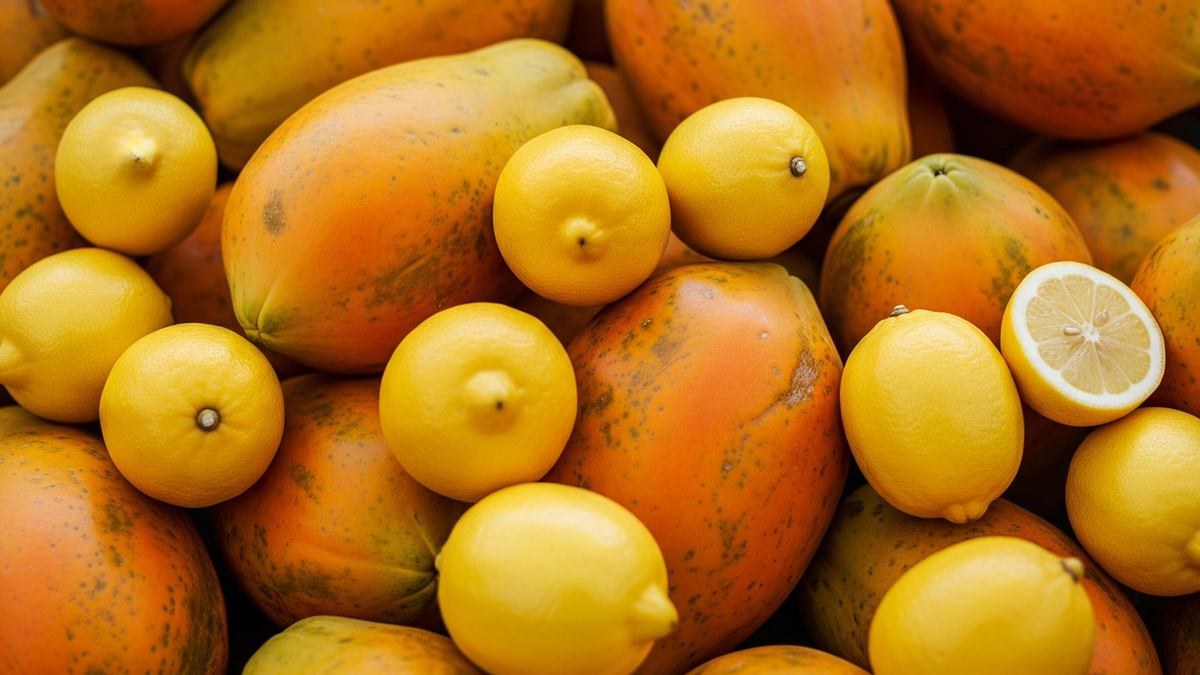

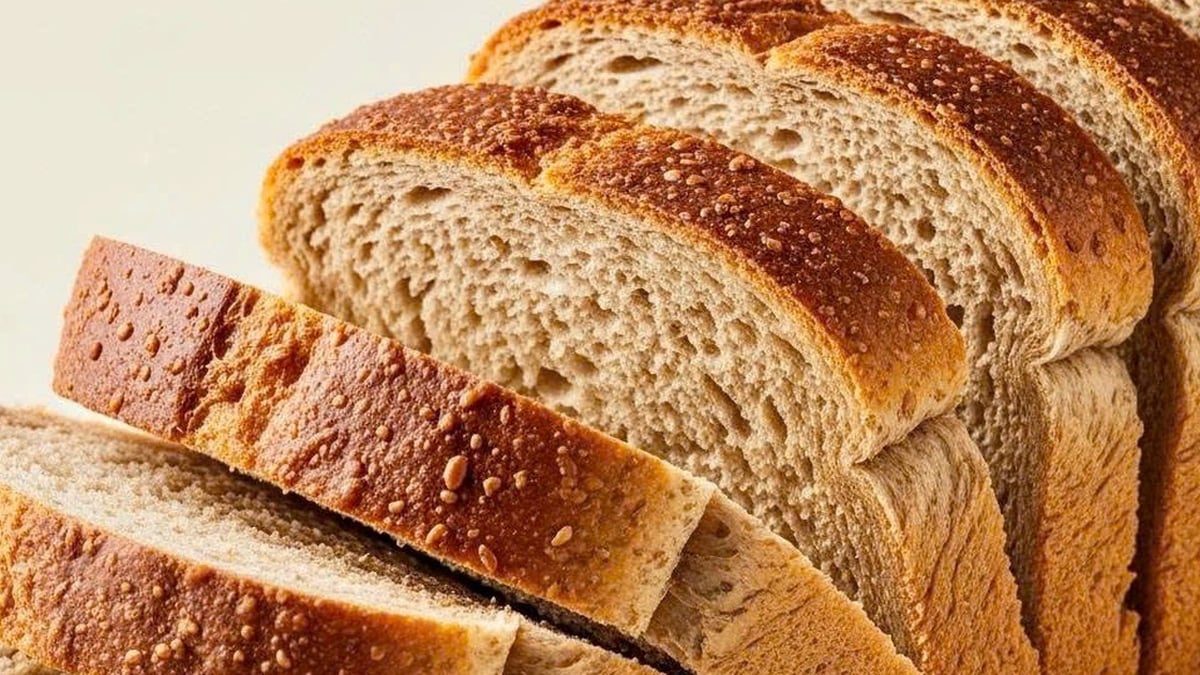












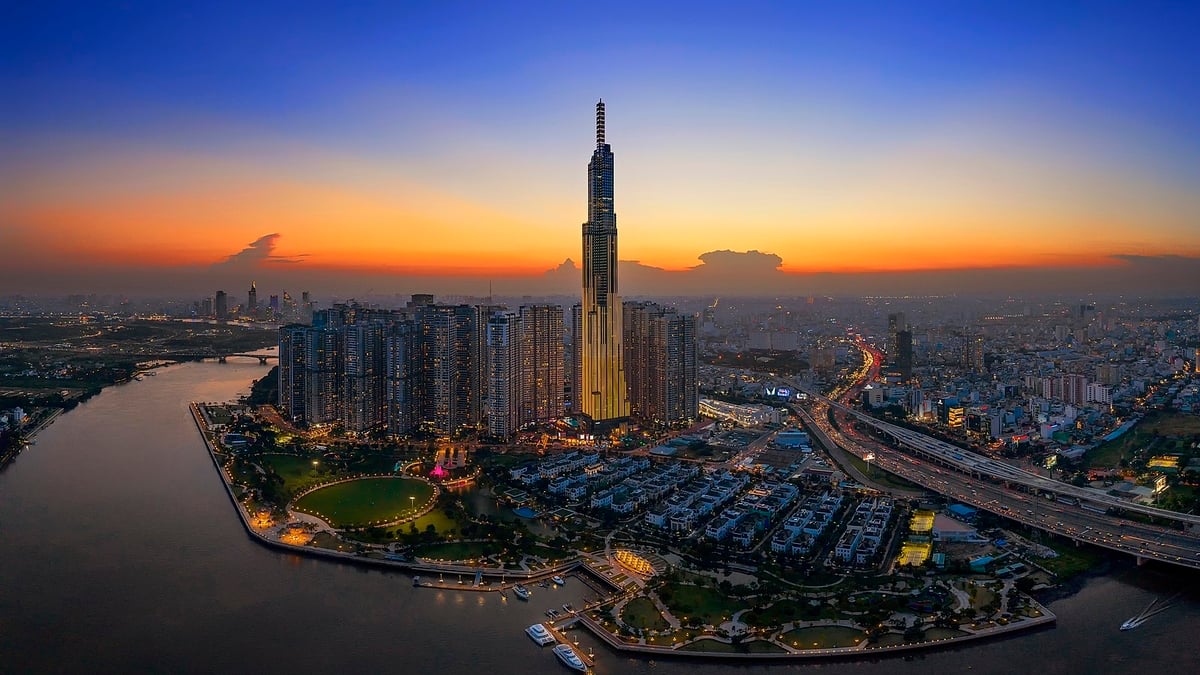



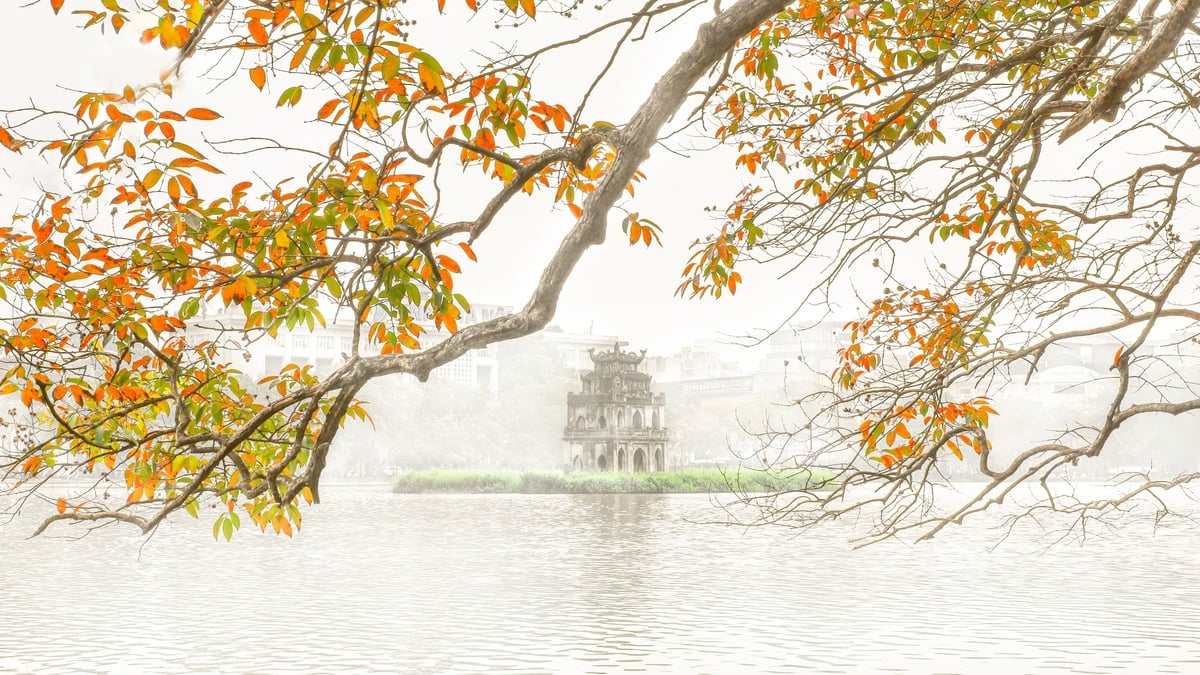

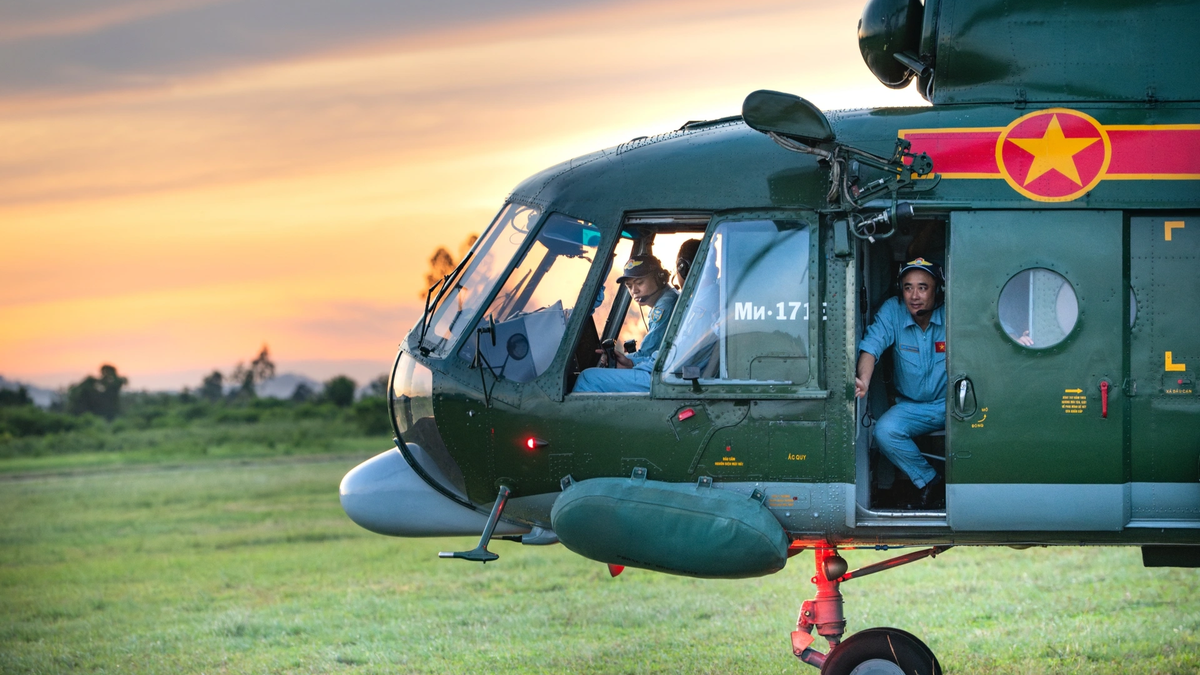

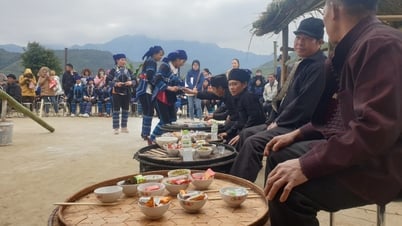







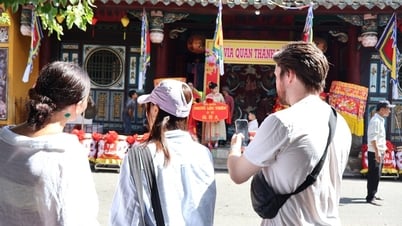



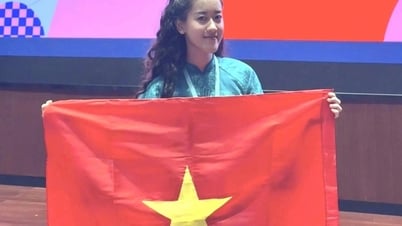




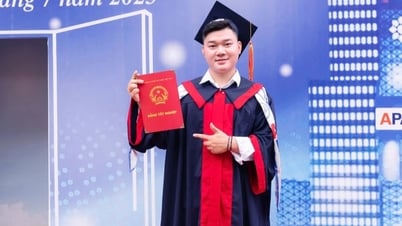
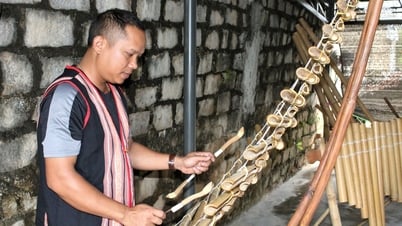








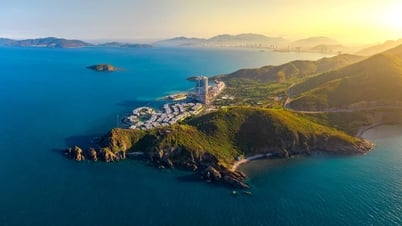

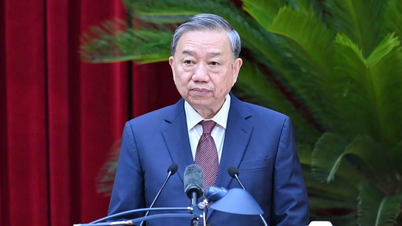
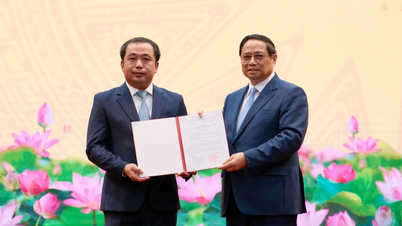
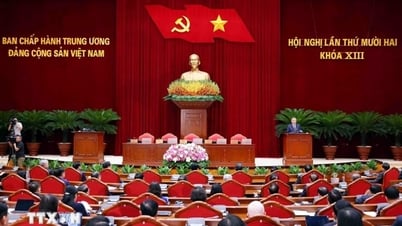




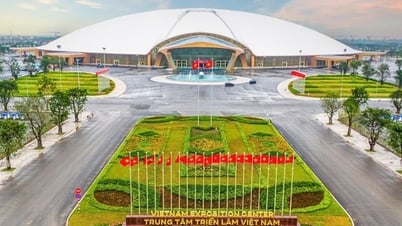
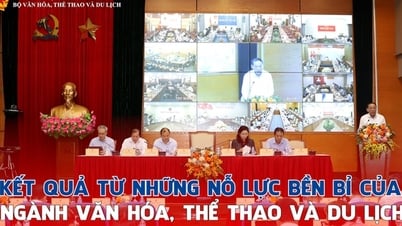
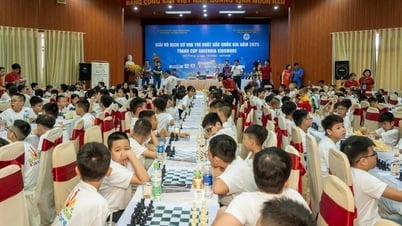

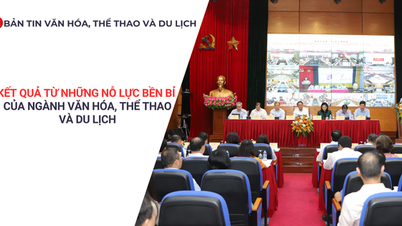




















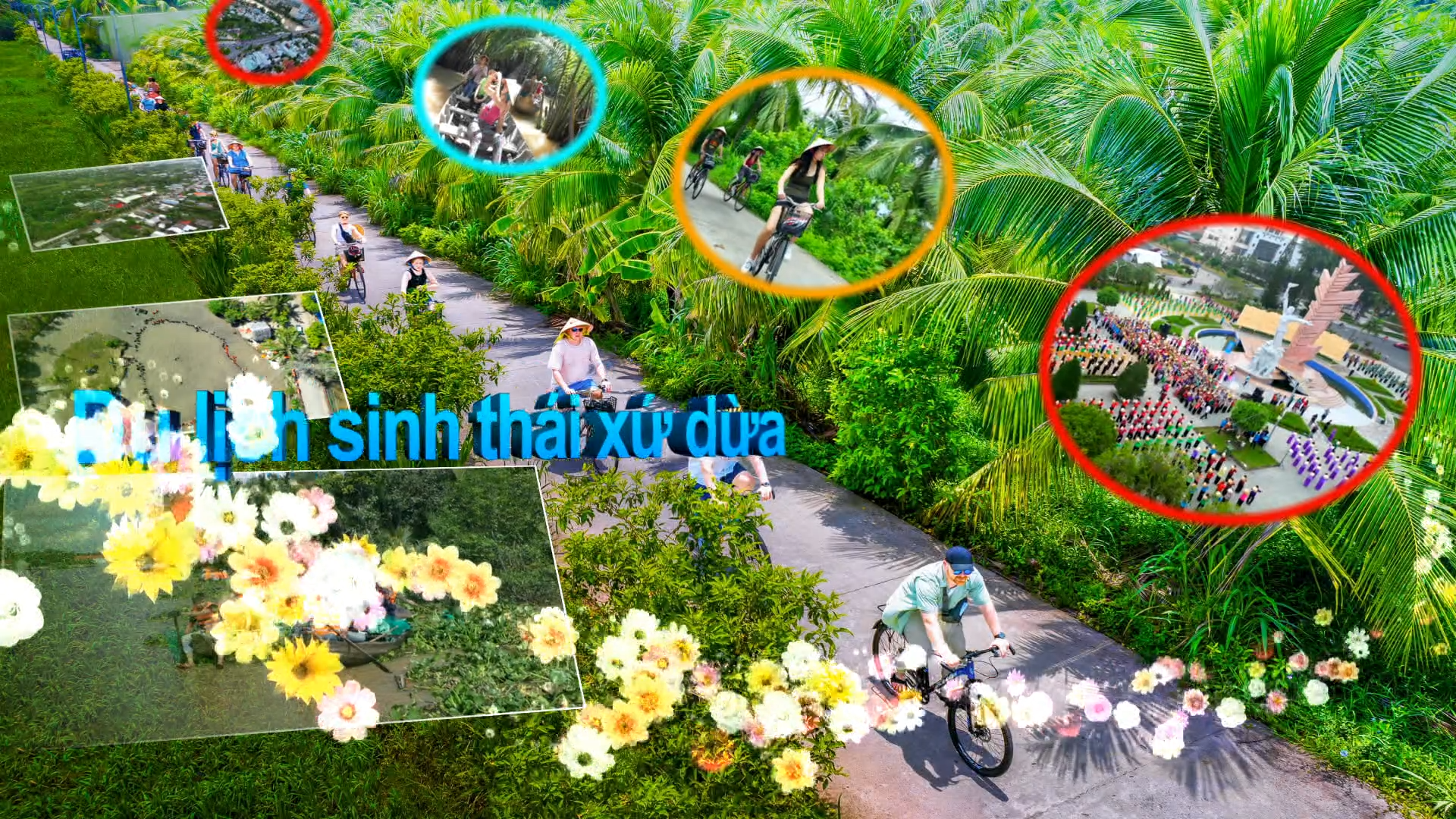


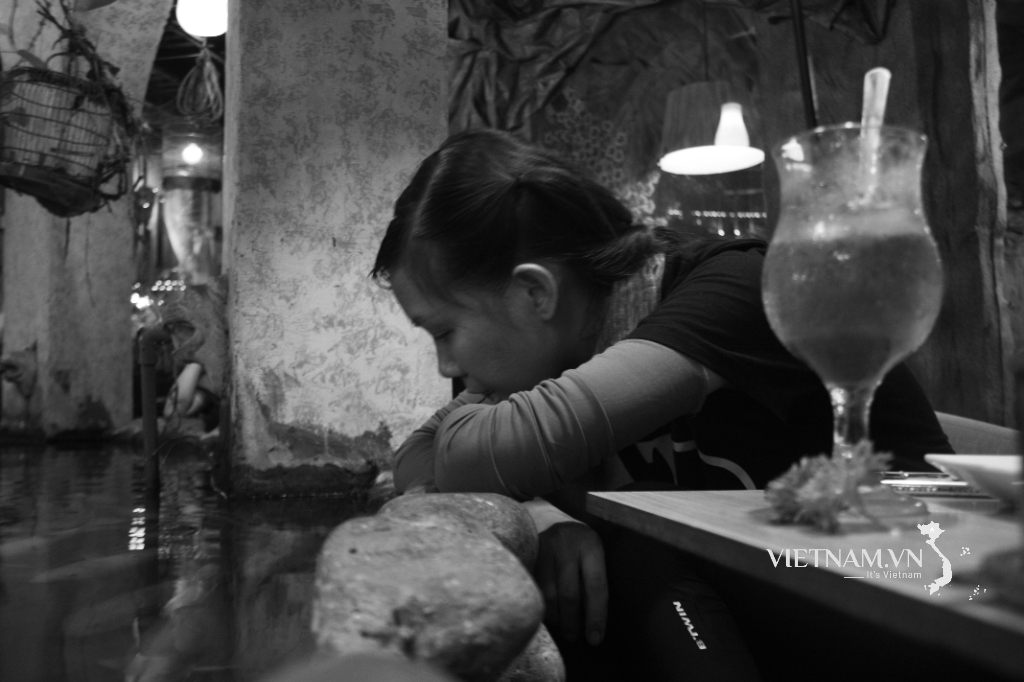
Comment (0)